Optimal Timing for Mold Service
Determining the optimal time for mold service involves understanding seasonal and environmental factors. Mold growth accelerates in warm, humid conditions, making certain periods more suitable for inspection and remediation. Regular assessments during high-risk seasons can prevent extensive mold proliferation.
Spring is an ideal time to evaluate moisture levels after winter, which can contribute to mold development.
Following heavy rainfall, mold risk increases due to excess moisture; timely service helps mitigate damage.
Preparing for colder months involves ensuring mold-prone areas are dry and well-maintained.
Scheduling yearly mold assessments supports early detection and prevention of mold growth.

A technician inspecting a basement for mold growth after winter.

Assessing moisture levels in a residential attic following heavy rain.
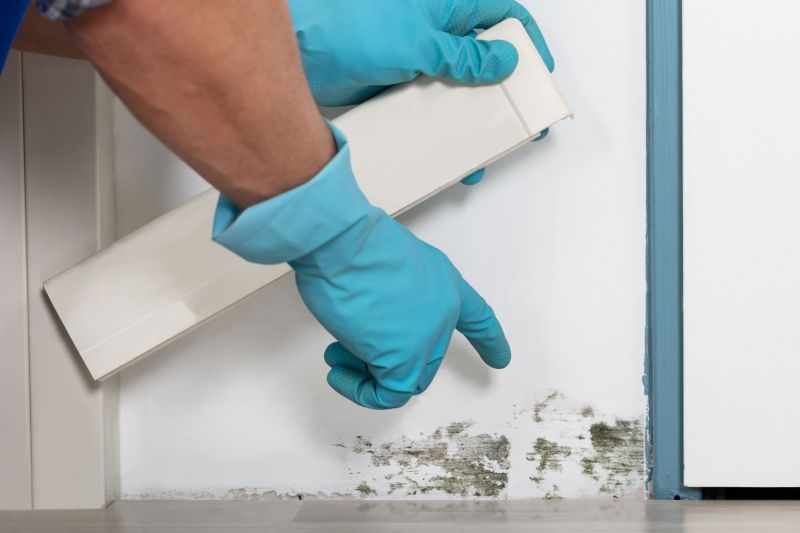
Preparing a crawl space for winter to prevent mold development.

Using a hygrometer to monitor indoor humidity levels during summer.
| Season | Mold Service Recommendations |
|---|---|
| Spring | Conduct inspections to identify winter moisture buildup. |
| Summer | Monitor humidity levels and perform mold assessments. |
| Fall | Prepare for winter by checking for leaks and moisture. |
| Winter | Inspect areas prone to condensation and mold growth. |
| Post-Heavy Rain | Immediate assessment to address excess moisture. |
Mold service involves thorough inspection, moisture assessment, and remediation to prevent health risks and property damage. Mold spores thrive in environments with high humidity and poor ventilation, making timely intervention essential. Regular mold management can reduce indoor mold levels significantly, supporting healthier living spaces.
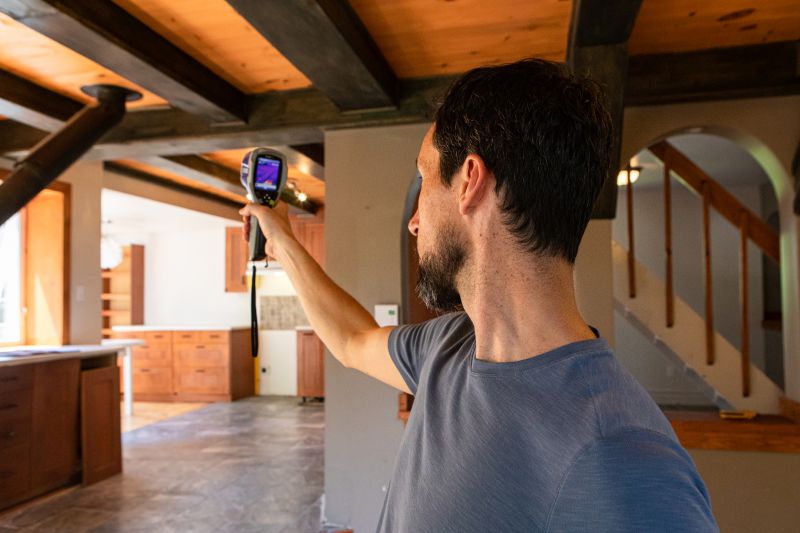
Technician using specialized equipment to detect hidden mold.
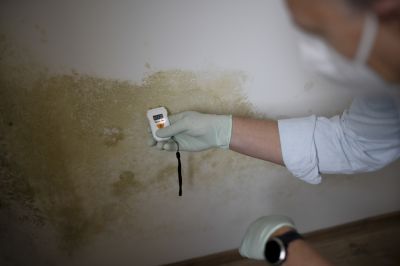
Assessing moisture levels with a digital hygrometer.
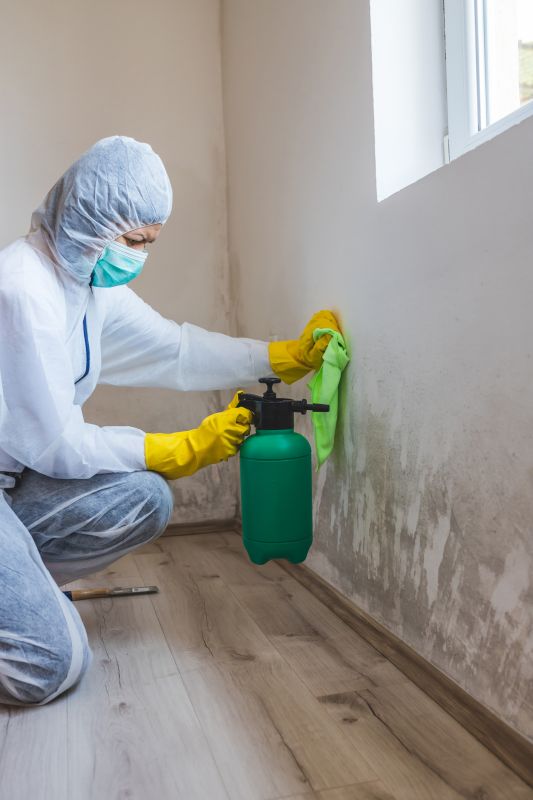
Removing mold from affected drywall.
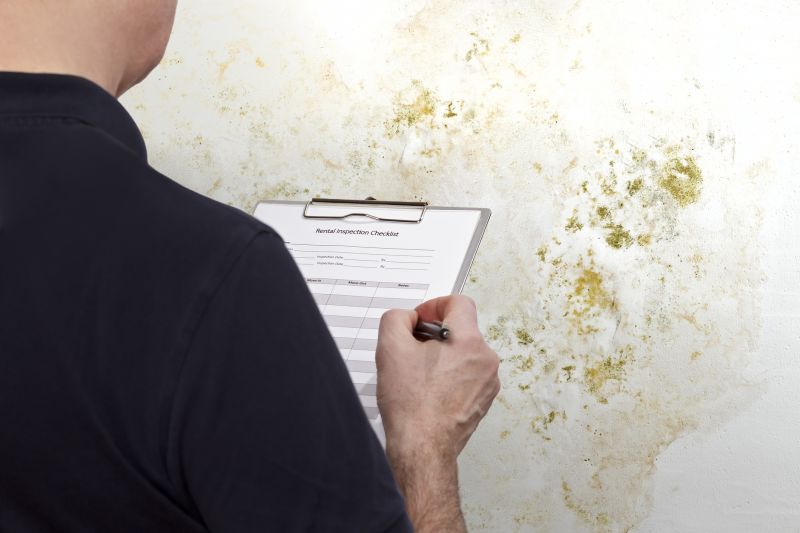
Confirming mold removal effectiveness after treatment.
Timely mold service is crucial for maintaining indoor air quality and preventing structural damage. Mold spores can cause health issues such as allergies and respiratory problems. Regular assessments, especially during high-risk seasons, ensure early detection and effective treatment, reducing long-term costs and health risks.
Visible mold, musty odors, and increased allergy symptoms are signs that mold service may be needed.
Early intervention minimizes health risks and prevents extensive property damage.
Controlling humidity and fixing leaks help reduce mold growth between services.
Expert inspections identify hidden mold and moisture sources.



